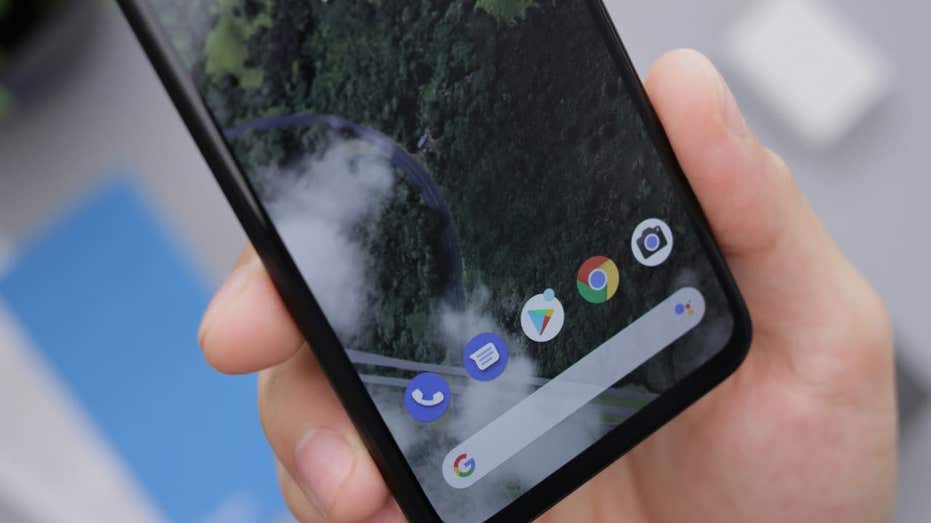Suspicious Bank Text? How to Spot a Chase Phishing Scam

Sarah Johnson
July 18, 2025
Brief
Learn how to spot phishing scams targeting Chase Bank customers with fake texts. Protect yourself from fraud with key tips and red flags.
Receiving a text message that claims to be from your bank, urging you to act immediately, can set off alarm bells—and for good reason. A new wave of phishing scams targeting Chase Bank customers has emerged, using fake alerts to trick people into handing over sensitive account information. Let’s dive into this growing threat and arm you with the knowledge to stay safe.
Take the case of Bill from Idaho, who recently received a text that looked alarmingly legitimate. The message, claiming to be from Chase, warned of 'unauthorized activity' on his account and pressed him to verify his details via a provided link within two hours to avoid restrictions. Thankfully, Bill didn’t click. He contacted Chase directly and confirmed it was a scam. But as he admitted, the message was convincing enough to make him hesitate. And that’s exactly what scammers bank on—your hesitation.
Red Flags to Watch For
These phishing texts are crafted to look official, but there are telltale signs you can spot if you know where to look. First, scammers often create a sense of urgency, pushing you to act fast without thinking. Real banks don’t operate this way. A legitimate message from Chase or any financial institution won’t pressure you with tight deadlines over text. Second, inspect any links closely—without clicking, of course. Shortened URLs like bit.ly are a dead giveaway; banks use their official domains. Also, generic greetings like 'Dear Customer' instead of your name, or odd phrasing and formatting, are subtle hints of fraud. Most importantly, remember: banks never ask for personal details or login credentials via text or email.
Steps to Protect Yourself
If you get a suspicious text, don’t panic. Never click on links in unsolicited messages, even if they seem legit. Instead, log into your bank account directly through the official app or website to check for alerts. Enable two-factor authentication (2FA) on all financial accounts for an extra layer of security. Consider using spam filters on your phone to block shady numbers and invest in reliable antivirus software to detect malicious links. Regularly monitor your accounts for unusual activity, and if something feels off, trust your gut—contact your bank directly. Finally, spread the word to loved ones, especially those less familiar with digital scams, to keep them safe too.
The sophistication of these scams is only increasing, but so can your defenses. Bill dodged a bullet by double-checking, and you can too. In a world where scammers are just a text away, staying vigilant is your best shield. Let’s not give these digital con artists the satisfaction of catching us off guard.
Topics
Editor's Comments
These scammers are getting so good at mimicking Chase, they might as well apply for a job at the bank—oh wait, they’d rather steal your PIN than punch a clock! But seriously, the real crime here is how they prey on our split-second doubts. Beyond the obvious, I’m curious if banks could team up with tech companies to zap these texts before they even hit our phones. Until then, we’re the first line of defense—so let’s not text and regret!
Like this article? Share it with your friends!
If you find this article interesting, feel free to share it with your friends!
Thank you for your support! Sharing is the greatest encouragement for us.






